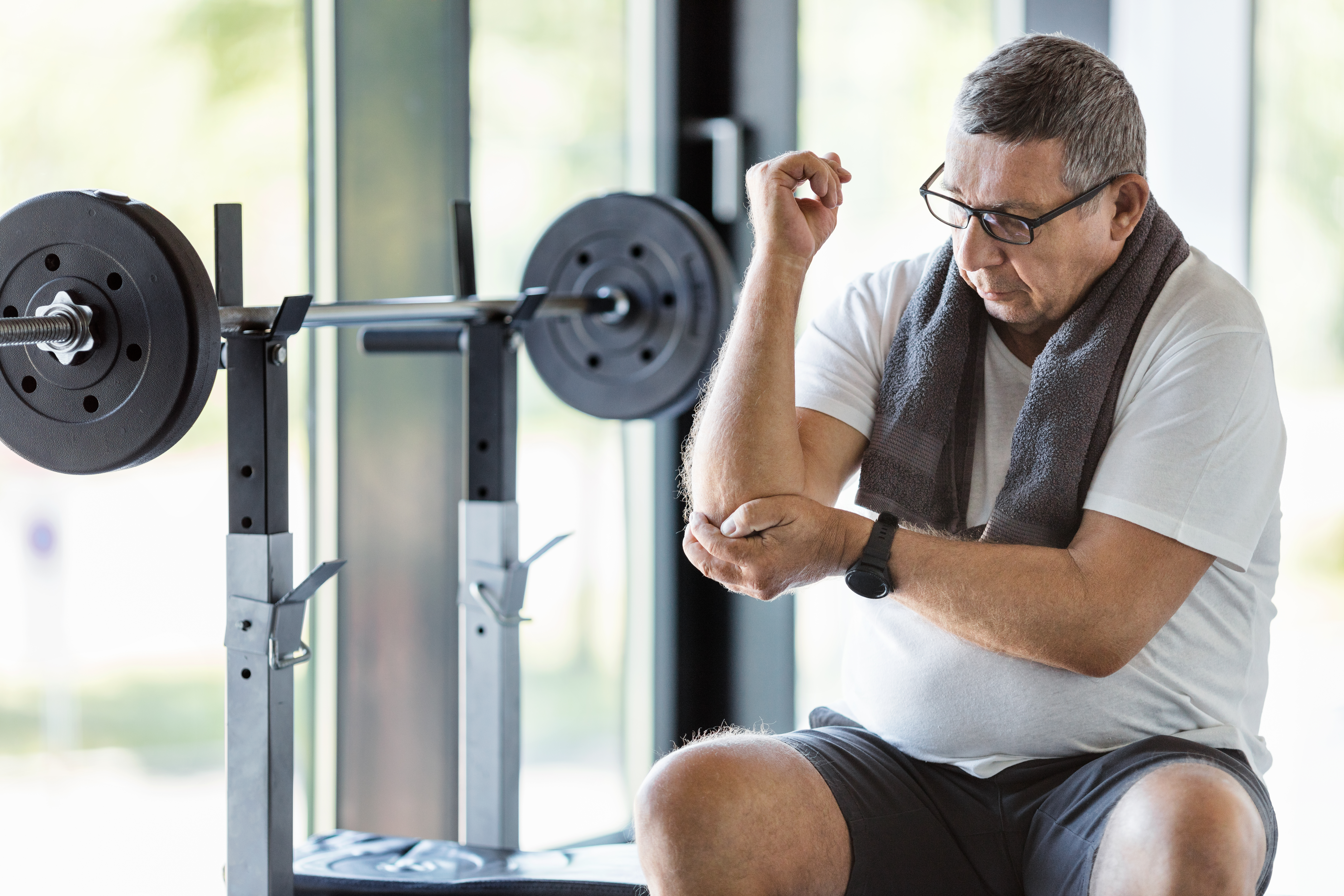

What is it?
Tennis elbow (lateral epicondylitis) and golfer’s elbow (medial epicondylitis) are two distinct but relatable conditions. They tend to cause pain and tenderness around the elbow joint. Despite their names, you don’t need to be a tennis player or golfer to experience these issues. They can affect anyone who engages in repetitive arm and wrist movements.
Why do I have it?
The primary culprits are overuse and repetitive strain on the tendons and muscles in your forearm, near the elbow. Activities such as gripping objects, lifting, swinging, or even typing for prolonged periods can contribute to these conditions. The condition can also come on if you suddenly perform a new activity having not done it for a while or before. Example; spending the day painting walls when it’s not something you usually do. Frustratingly the condition can suddenly come on when you have been happily performing the same movement for years, without any real explanation and we’re still not sure why.
How is it diagnosed?
Diagnosis typically relies on clinical symptoms, pain location, and your activity history. While imaging tests like X-rays or MRIs are not always necessary, they can be occasionally used to rule out other potential sources of pain.
What can I expect?
Symptoms can vary but often involve pain and tenderness around the affected elbow area, especially during gripping or wrist movements. The duration and severity of symptoms can vary from person to person. Patients sometimes find it difficult to straighten or bend their arm due to the pain or find that they feel weak in that area.
How can I manage it?
Effective management of these conditions includes; Rest, restorative movement and physiotherapy. In some cases, using braces to provide support and reduce strain on the affected tendons can help.
Corticosteroid injections may be offered by your GP however current research suggests there is very little evidence to support that they provide any benefit.
Surgery may be considered in severe or persistent cases, but this really should be the last resort. The good news is that recovery rates are typically high for tendinopathies if the recovery plan is followed properly but it can be frustratingly slow.
What next?
Does tennis elbow or golfers elbow sounds like something you may be suffering from? Book an assessment with one of our team and we can get you started on the road to recovery.
[Disclaimer: This information provides a general understanding of tennis and golfer’s elbow. Similar symptoms does not imply a diagnosis. Always seek professional evaluation for an accurate diagnosis and personalised treatment.]

